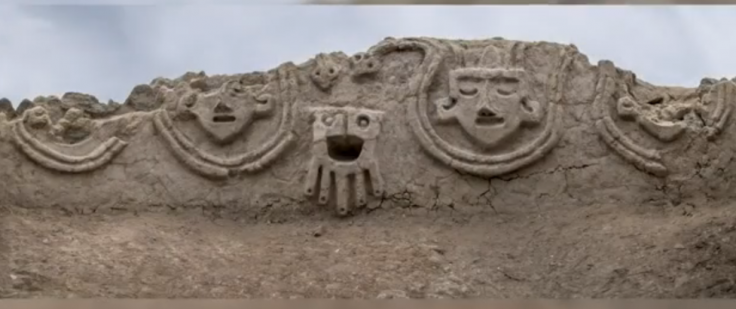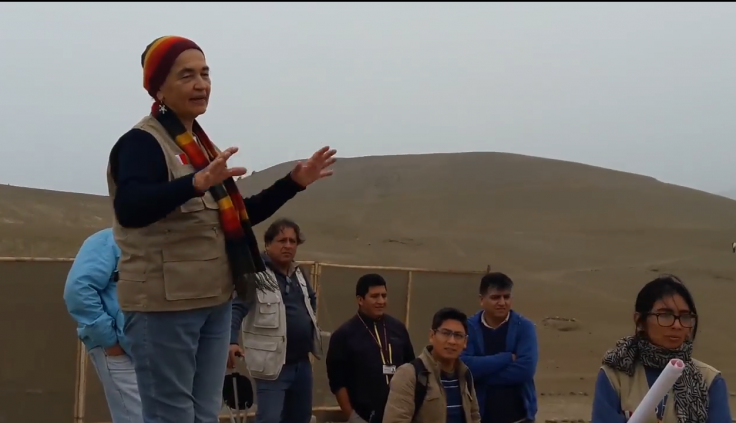
Peruvian territory was the home of many ancient cultures. Starting from the Norte Chico civilization, which is the oldest civilization in the Americas, till the Inca Empire, all of them have left some kind of historical instance. Now, archaeologists have discovered an ancient wall relief, almost 3,800-year-old that belonged to the oldest civilizations in the Americas.
A local news outlet Andina reported that as per the researchers, this newly found wall relief in Peru portrays snakes and human heads. Archaeologists discovered this one meter high and 2.8-meter long ancient wall in the sea-side archaeological site of Vichama, 110 kilometres north from Lima, Peru's capital.
Earlier, researchers discovered extremely mysterious three painted figurines from this excavation site and archaeologists claimed that these may represent powerful people in an offshoot of the ancient Caral culture. Archaeologists also believe that while the tallest figure among those three may portray a priestess, the female figure may be a representation of a political figure.

The Vichama site is one of the important places where the 5,000-years-old Caral civilization, also known as Norte Chico was discovered. The people, who belonged to the oldest civilization in the Americas, used to love in the Supe Valley along the north-central coast of Peru.
This wall was made of adobe, which is a clay-like material that is used to create bricks and is part of the entrance hall —prior to the ceremonial room. The newly found wall relief includes four human heads with closed eyes one next to the other and two snakes passing between and around them. The position of the snakes appears to be a humanoid seed symbol that is digging into the ground. The structures appear to be facing Huara Valley's agricultural fields.

The director of Caral Archaeological Zone (ZAC), Ruth Shady, who is a Peruvian anthropologist and the announcer of the discovery, said that the reliefs symbolize soil fertilization and those snakes represent the deity of water that irrigates the earth and makes seeds grow.
She also added, "This new relief reinforces the approach of expressing —in the collective memory— difficulties facing society due to climate change and water shortage, which strongly affected agricultural productivity."









